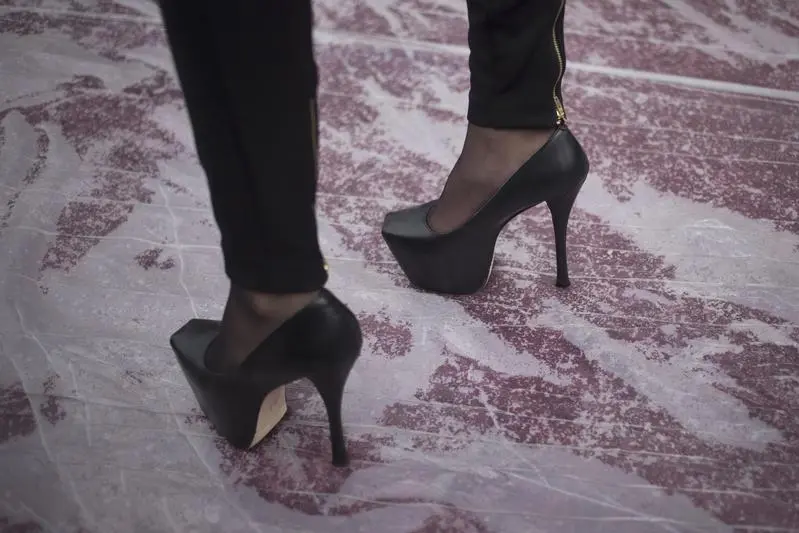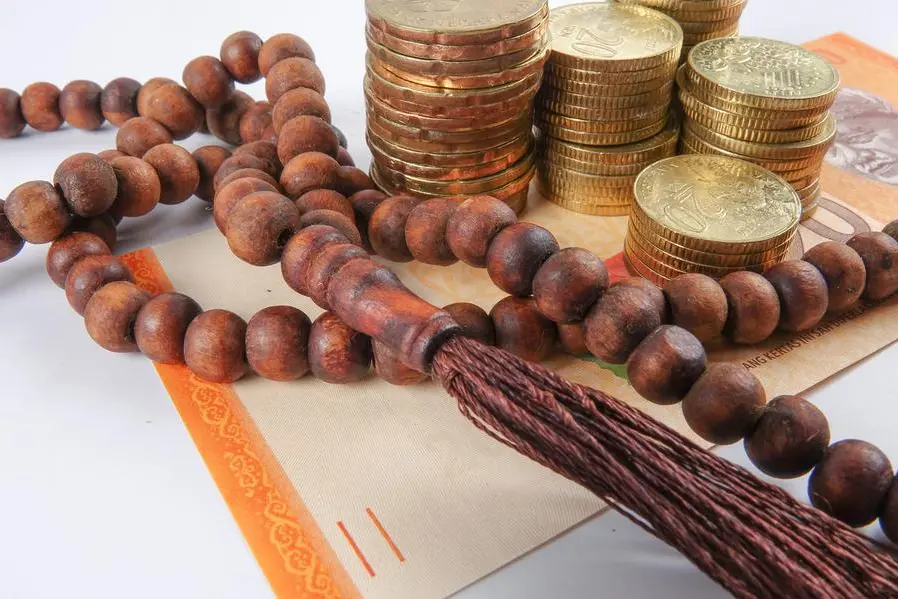PHOTO
With the festive season upon us, many of us will be squeezing our feet into bejeweled, beautiful stilettos, only to limp in pain at the end of the evening. HEALTH speaks to an expert about how we can wear our heels and still maintain healthy feet.
ONE SIZE DOES NOT FIT ALL
According to chief podiatrist Michelle Champlin, all women have a different maximum heel height that is comfortable for them. The front and back of the ankle determines the maximum angle the foot will fit into a highheeled shoe and be able to walk comfortably. Also, the length of the foot determines the height of the heel that can be worn to comfortable limits.
WHY IT HURTS
Wearing a high-heeled shoe moves the forefoot fatty padding to behind your toes instead of under the ball of your foot where it rests naturally in a flat shoe or barefoot. That is why the ball of the foot aches so much when wearing high-heels. Also, the weight of the lady wearing a high heeled shoe is a significant factor. The heavier you are, the more impact on the forefoot.
The Impact
It is much easier to sprain an ankle when wearing high-heeled shoes. The ligaments at the sides of ankle relax immediately in high-heeled shoes. If the ankle wobbles to the side, it actually leans a great amount before the ankle ligaments start to engage. By that time the ankle is past its critical point of self-correcting, the ankle may sprain or break.
AN EXPERT’S TIPS TO HELP PROTECT YOUR FEET WHEN YOU ARE WEARING HIGH-HEELS
ONE SIZE DOES NOT FIT ALL
According to chief podiatrist Michelle Champlin, all women have a different maximum heel height that is comfortable for them. The front and back of the ankle determines the maximum angle the foot will fit into a highheeled shoe and be able to walk comfortably. Also, the length of the foot determines the height of the heel that can be worn to comfortable limits.
WHY IT HURTS
Wearing a high-heeled shoe moves the forefoot fatty padding to behind your toes instead of under the ball of your foot where it rests naturally in a flat shoe or barefoot. That is why the ball of the foot aches so much when wearing high-heels. Also, the weight of the lady wearing a high heeled shoe is a significant factor. The heavier you are, the more impact on the forefoot.
The Impact
It is much easier to sprain an ankle when wearing high-heeled shoes. The ligaments at the sides of ankle relax immediately in high-heeled shoes. If the ankle wobbles to the side, it actually leans a great amount before the ankle ligaments start to engage. By that time the ankle is past its critical point of self-correcting, the ankle may sprain or break.
AN EXPERT’S TIPS TO HELP PROTECT YOUR FEET WHEN YOU ARE WEARING HIGH-HEELS
- Use a shoe with an orthotic and a transverse arch lift on the other days. This is to counter-act the effects of the high-heeled shoes on the ball of the foot and keeps the essential fibro-fatty pad in place.
- Try the ‘Beauty and the Bunion’ foot tape to help keep your big toe straight and the forefoot tight so as to reduce the impact on the forefoot bones and reduce bunion formation.
- Try wearing “Bunny Pads” on the ball of your foot and on your small toes to protect them so that the skin on the feet look perfect.
© 2017 Health Magazine. All rights reserved. Provided by SyndiGate Media Inc. (Syndigate.info).























